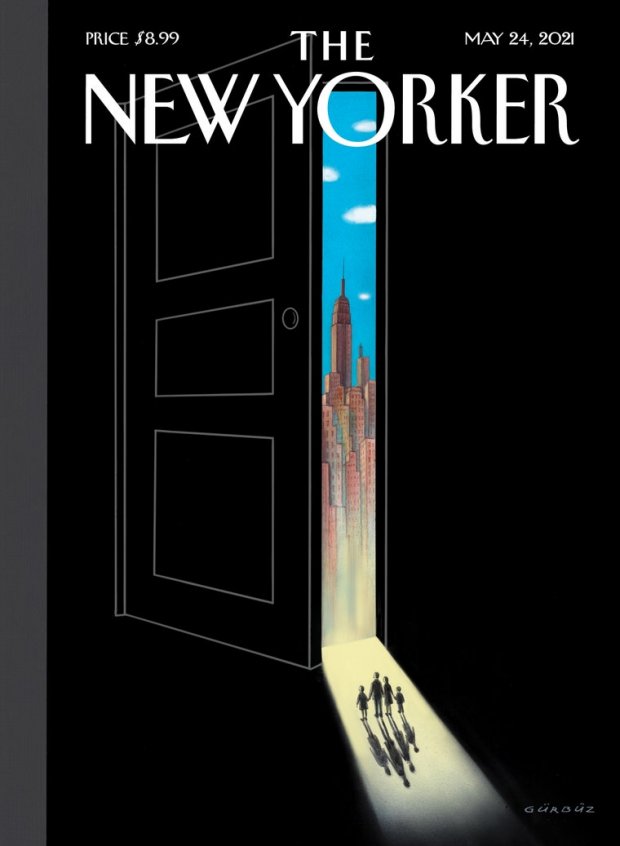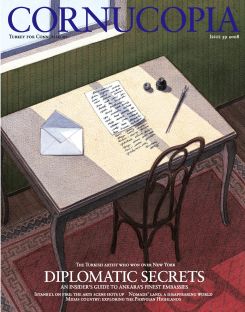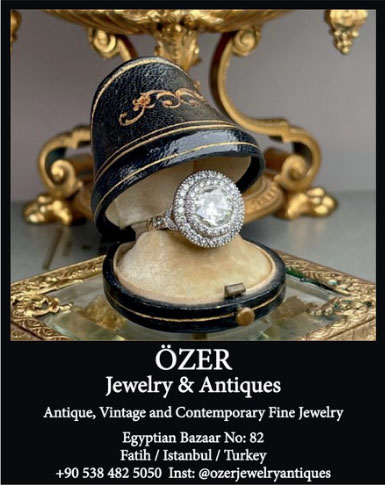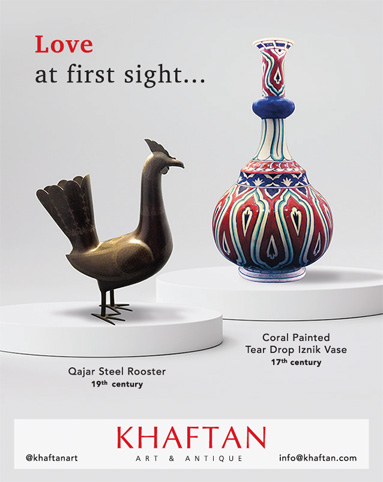‘423 Days After Shutdown, New York Takes Big Step Toward Full Reopening’, was the headline in The New York Times, but there was no need to read the article. I had already understood the relief of finally being able to mingle with family and friends in the millisecond it took to look at the illustrated cover of this week’s New Yorker magazine. It depicts a family in a vast, pitch-black room, standing before an equally enormous black door, just ajar. Beyond, a blue sky above a colourful Manhattan skyline beckons.
I won’t describe it in detail – you can see it for yourself, although I would call attention to my own Rorschach interpretation of the Empire State-like building that is the focal point of the composition, and its passing resemblance to the hypodermic needle that was used to poke both doses of the vaccine against Covid-19 into my left arm. The blackness of the room is reminiscent of another landmark New Yorker cover – the one that appeared after the 9/11 attacks, with the black silhouettes of the Twin Towers just visible against a blackened page. But it wasn’t this, or second thoughts about whether this message of hope was truly justified, that forced me to do a double take. It was the delayed realisation that I recognised the cover’s artist, having sat down with him well over a decade ago, not by the Hudson River but on the Bosphorus, under a giant plane tree at an outdoor café where we had a glass of tea.
At the time I was interviewing Gürbüz Doğan Ekşioğlu for Cornucopia’s own cover story – a portrait of an artist who hails from Mesudiye, a small town on the eastern Black Sea (population 5.6 thousand) but which managed to speak to the sensitivities of New York City (metro area 18.8 million), which prides, or perhaps fools itself, on being the most sophisticated place on the planet. My ability to recognise his style – an effortlessly surreal if homespun universe located between Escher and Magritte, with Saul Steinberg just around the bend – was not shared by Susan Sontag who sent an email to the New Yorker editor, David Remnick, about another cover he had produced for the magazine in 2003 to mark the anniversary of 9/11. The famed critic described being moved to copious tears by this mysterious artist who signed himself ‘Gürbüz’. She described the drawing – a Manhattan skyline where every building has its twin, with each twin reflected in the dark autumn colours of the water offshore – as ‘both subtle and direct’ – not something easy to do. ‘I wish I recognised the name,’ she wrote.
While that cover may now be a collector’s item, Gürbüz Doğan Ekşioğlu – a mouthful to pronounce outside the Istanbul where he lectures in graphic design – is not quite a household name. The New Yorker is not the only prestigious publication in which his work has been published. The month he spent 30 years ago hawking his portfolio around New York won him slots on The New York Times op ed page, in Forbes and in The Atlantic. His last published cover for The New Yorker, in 2011, which the magazine called ‘Erasing Osama’, was exactly that – a sketch of the 9/11 perpetrator being rubbed out not with bullets but with a much-used pink eraser. ‘It is quite a coincidence that I created a cover for the remembrance of September 11th, and now I get to do one for the death of Osama bin Laden,’ he was quoted as saying at the time.
Coincidence or not, he has again captured the zeitgeist of a city he has only visited, with a piece the magazine calls ‘Venturing Out’. ‘It was meant to come out last June,’ he tells me, but that was before New York and the world was stricken with the virus infection’s second wave. Other covers he did for The New Yorker never came out at all – graphic artists, like journalists, can be overtaken by events. And, of course, neither New York nor the world is out of the pandemic woods yet. The message we now associate with the Covid crisis is one of interdependence: that the safety of one depends on the safety of all, and that if we are ever to emerge out of our bubbles into the light we need to see to the needs of the poorest and worst affected. So if the Gürbüz illustration is not a signal of ‘all clear’. it is at least an injection of optimism, and no less timely for that.
Read Andrew Finkel's profile of Gürbüz Doğan Ekşioğlu in Cornucoopia 39, 'It's a wonderfully weird world'.










